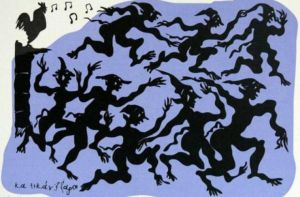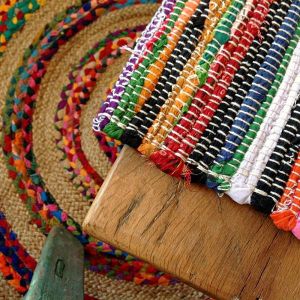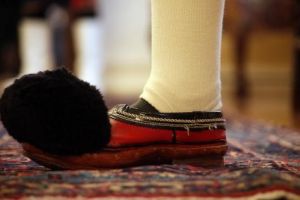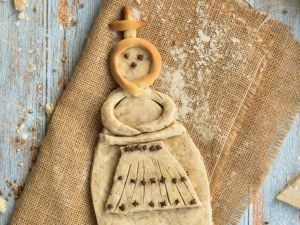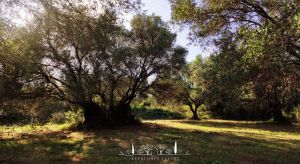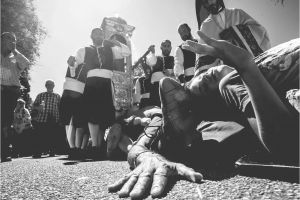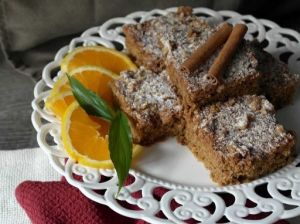Displaying items by tag: greektraditions
KALLIKANTZAROI, THE EVIL SPRITES OF CHRISTMAS
Did you wake up this morning and found your Christmas decorations upside down? Has anyone eaten the cake you had left over in the fridge? If you don't have a mischievous cat or child to blame, you'd better think about the Kallikantzaroi!
KOURELOUDES, PATTERNS OF COLOURS AND TRADITION
What is a kourelou?
First of all, it is a carpet made of colored rags which is typical of the Balkan area. But if you look at it carefully, it is much more: it is a pattern of ideas, folklore and new boho, very chic design! For us it is also a new project for our guests, a piece of real Greece you can always carry with you.
FREEDOM OR DEATH. THE TSAROUCHI'S HYMN TO INDEPENDENCE
THE ORTHODOX LENT, A CELEBRATION OF LIGHT AND LIGHTNESS
Have you ever wondered why kites fly on Clean Monday? And what does Kyra Sarakosti, a typical Orthodox Lent biscuit, represent?
With the Καθαρά Δευτέρα the Carnival ends and a long period of fasting begins. This path of preparation to Easter Sunday is rich in meaning and deeply felt, an opportunity for reflection and change.
THE SCENT OF HALVA. ALL THE SWEETNESS OF THE "CLEAN MONDAY"
Kathari Deftera, or "Clean Monday", is one of the most important holidays in the Greek liturgical calendar and certainly one of our favourites. Growing up in a Catholic country and accustomed to a definitely gloomier and more introspective beginning of Lent, we could not be anything but (pleasantly) surprised by a celebration of reconciliation, regeneration and raising of the spirit characterised instead by outdoor excursions, flights of kites and good shared food.
MARTAKIA, COLOURFUL SPRING BRACELETS
It is surprising how many good luck charms, amulets and references to health appear in the Greek folk tradition.
Today we are featuring the white and red March bracelet called μαρτακι, which according to popular custom is worn on the wrist, ankle or in some areas on the big toe so that the wearer does not stumble. Traditionally, this bracelet would protect the wearer from the first sun and the whims of the spring season. In fact, red recalls the color of healthy cheeks while white symbolizes the purity of the complexion.
THE DAYS OF ALCYONE
On a Greek island, especially in winter, time seems to go slower than in the rest of the world. The rhythms are marked by the conditions of the sky and the sea and reality finds an explanation in an intricate intertwining of myths, memories, history, traditions and science. It so happens that the warm temperatures of these days are not only determined by meteorological causes but also by a couple so in love as to involuntarily offend the gods, a compassionate Zeus and a beautiful sea bird, the Alcyone (or kingfisher).
OLIVE GREEN KEFALONIA
In autumn, Greece is tinged with olive green, gold and earth tones.
It is in this period that villages and families come together for an important annual event, the olive harvest. An activity that is part of Greek culture, handed down from generation to generation and represents not only a commitment, but also an opportunity to meet and spend time with family, friends and neighbors.
THE EXHUMATION OF THE SAINT. OCTOBER IN VALSAMATA
FANOUROPITA, THE CAKE OF LOST THINGS
Have you lost anything lately? Your purse, your glasses, your socks in the washing machine, your temper with your capricious children? Well, you should try baking a Fanouropita! In Greece, Fanouropita is made on August 27th to honour Saint Fanourios, the saint of lost things. His name originates from the Greek word “fanerono”, that is “I reveal”. Therefore, Fanouropita literally means “a cake that reveals”.

